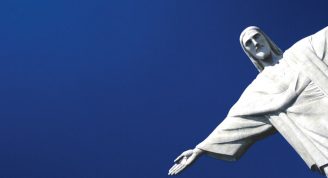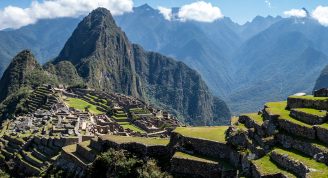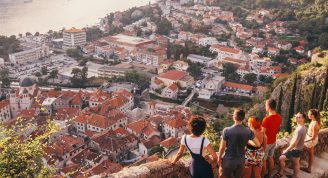Description
Climb aboard the stylish Grand Queen Beatriz and experience a superb spread of Ecuador’s famous wildlife-filled islands. As well as visiting the must-see icons of the archipelago – such as Isla San Cristobal’s frigate birds, Isla Santa Cruz’ giant tortoises, Pinnacle Rock and Isla Bartolome’s Pinnacle Rock – this 13-day itinerary covers key central islands. Among them are North Seymour, with its beautiful trails and birdlife, and Isla Rabida, with its indigenous wildlife and striking scarlet shores. With volcanic landscapes, sea turtles, marine iguanas, spectacular sea birds and possibly even hammerhead sharks on the agenda, this is an essential Galapagos adventure for animal lovers, keen snorkellers and photographers alike.
- As you board your vessel, M.Y Grand Queen Beatriz, and follow in the footsteps of Charles Darwin, you will encounter nature at its finest.
- Encounter Galapagos’s wildlife, including giant Galapagos tortoises, blue-footed and Nazca boobies, pelicans and frigate birds, as well as iguanas, sea lions, fur seals and sea turtles.
- Explore the islands from on deck, on foot and in the water, no doubt with your eyes open for your next unique sight. This is indeed the Galapagos journey with something for everyone.
- By travelling on this trip, you’ll learn about our Intrepid Foundation partner, The Galapagos Conservancy. Donations support their Women in Sustainable Entrepreneurship (WISE) program, providing capital for sustainability initiatives and empowering female entrepreneurs in the Galapagos. Intrepid will double the impact by dollar-matching all post-trip donations made to The Intrepid Foundation.


















